
|
|
|
|
|
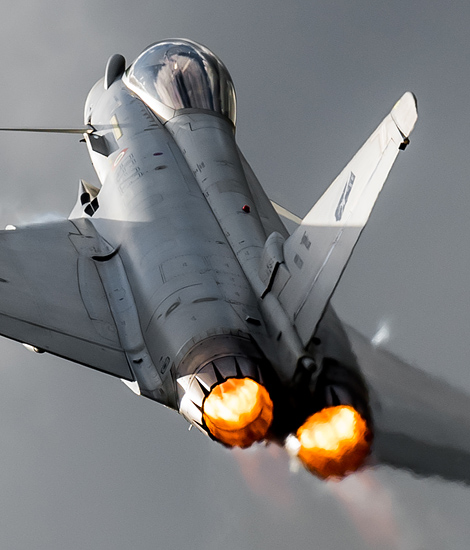
|
The F-35C Lightning II CATOBAR; RAF Fairford July 10 & 11, 2016
The JSF Program, part 5; Text and Photograph's by Alex van Noye
The Lockheed Martin F-35C Lightning II (CATOBAR) is the version of the aircraft which can be launched from the American aircraft carriers. The F-35C program suffered in the beginning from a lot of technical setbacks. The United States Navy and the United States Marines will be the only users of the F-35C Lightning II variant.
The F-35C Lightning II is the CATOBAR (Catapult Assisted Take-Off But Arrested Recovery) variant of the F-35. This variant of the F-35 can be launched with the help of a steam catapult on board of an aircraft carrier. The aircraft will accelerate during a launch from an aircraft carrier from 0 to 200 km/h in just 60 meters. During landing on an aircraft carrier, the F-35C has an arrester hook on the back of the aircraft which is grabbing a steel cable on the flight deck. The F-35C has in relation to the other variants of the F-35 a heavy landing gear which is able to safely absorb the heavy impact during a deck landing. The F-35C is designed to replace the McDonnell Douglas F/A-18 Hornet at the US Navy and the US Marines. The aircraft will enter service in the US Navy next to the Boeing F/A-18 Super Hornet and will operate from the aircraft carriers. The aircraft will mainly operate in the strike role, but must also be able to carry out the task of air-defense. The F-35C is the only F-35 variant which has different dimensions than the F-35A and F-35B variant. The aircraft has larger wings than the other variants. The reason for this modification is the result of a series of setbacks in the program. The original design of the F-35C was not able to land safely on an aircraft carrier. The aircraft was not properly controllable at a low airspeed during the take-off and especially during landing on a ship. Therefore a drastic redesign of the F-35C was needed in order to use the aircraft safely on board of the aircraft carriers. The F-35C program ran into a big delay due to these huge setbacks.
In comparison with the F-35A and the F-35B, the F-35C carrier variant has after the redesign larger wings with folding wing tip sections. The larger wings and the larger tail control surfaces provide a better low-speed control. The aircraft is better controllable at low approach speeds and a high angle of attack which are applicable during a landing on an aircraft carrier. Due to these larger wings the F-35C is more than two meters wider than the other variants. Also, this aircraft has a larger internal fuel capacity. The
|
|
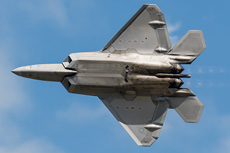
|
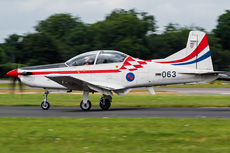
|
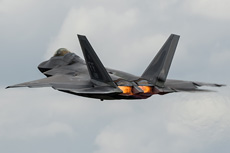
|
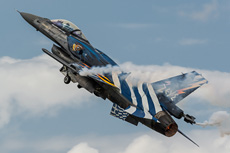
|
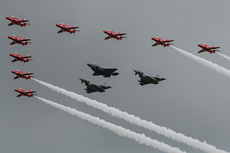
|
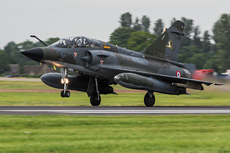
|
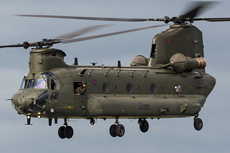
|
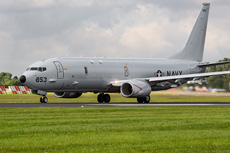
|
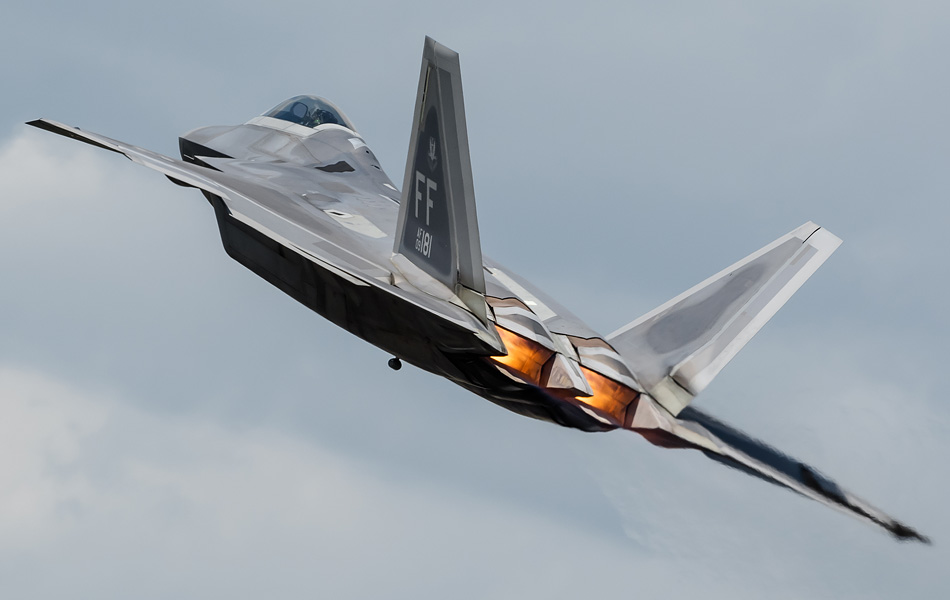
|
wings are folded on board of an aircraft carrier in order to save space, just like many maritime aircraft. A stronger landing gear makes the aircraft suitable for the large stress which occurs during the launch from an aircraft carrier and landing with an arrester hook. The F-35C is recognizable on its reinforced chassis with the double nose wheel. The other F-35 variants have only one wheel mounted on the nose undercarriage. On the nose gear is also to the launch bar attached for the launch from the aircraft carrier. Another important change to the F-35C design is the new arrester hook. The hook which was used in the first version was too short. The aircraft missed too often the cable on the deck despite the right landing pattern. The window of success was too small to safely land on an aircraft carrier. Lockheed Martin was convinced that the new arrester hook of the aircraft could be used successfully and safely on a ship. The new arrester hook is longer and is more robust than its predecessor. The new arrester hook was eventually mounted under the tail of the F-35C in 2014.
After a difficult start and a drastic redesign the testing of the F-35C was finally started. The first test aircraft would fly from Naval Air Station Patuxent River. The launch from and landing on an aircraft carrier will be a little bit easier in the future. The F-35C Integrated Test Force at Patuxent River completed the first special test flight on May 4, 2014. On this airbase, the naval unit VX-23 of the United States Navy was stationed. This unit is responsible for testing and evaluating the F-35C before the aircraft enters service in the United States Navy. During these tests the new flight characteristics with new flight controls of the F-35C Lightning II were for the first time evaluated. A part of the new software version 2A includes the new flight control software which is referred to as the Integrated Direct Lift Control (ITLC). This software ensures that when the pilot is flying the aircraft, the aircraft is better controlled with power and control surface systems. Therefore, it is an advanced fly-by-wire system which has been developed to keep the aircraft under control at a low approach speed. This system increased safety drastically during landing procedures and therefore it solved one of the biggest showstoppers in the project. The F-35Cs at Patuxent River made many test landings on a simulated deck. All patterns were flown for landing on a ship; they were tested here before the aircraft would land on a real ship. After this phase, the F-35C has been making successful landings on the American aircraft carriers.
Until now the United States Navy (US Navy) and the United States Marine Corps (USMC) are the only recipients of the F-35C. In total, these armed forces will eventually purchase 480 F-35C aircraft. The F-35C will replace the McDonnell Douglas F/A-18 Hornet in the United States. The F-35C will operate in the future in addition to the Boeing F/A-18 Super Hornet as a main fighter aircraft of the Navy. The US Navy will fly a total of more than 260 F-35Cs. currently there are only two units operating the F-35C in the US Navy, namely; VX-23 at NAS Patuxent River in Maryland and VFA-101 at Eglin AFB in Florida. VX-23 is the test and evaluation unit of the F-35C and VFA-101 is the first operational training unit which will fly the F-35C. Currently, there are about 20 F-35Cs aircraft delivered to the US Navy which are all used for the training and evaluation of the type. The USMC will fly a total of 80 aircraft. The USMC F-35C will operate alongside the USMC F-35B. In total, the USMC have four units which fly the F-35C. Which units in the future which will fly the F-35C is so far unknown. It will be units which are currently flying the F/A-18 Hornet. Aircraft for the US Navy and the USMC will all be delivered to the operational units over the next few years. The F-35C will be the backbone of the future operations from carriers. After a long test phase with a lot of setbacks it seems that the F-35C is ready for production.
|
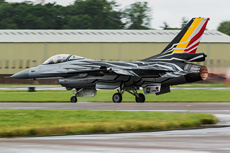
|
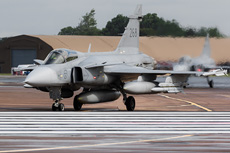
|
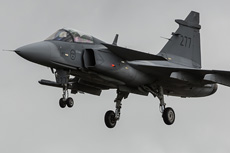
|
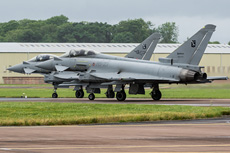
|
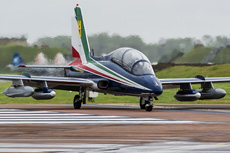
|
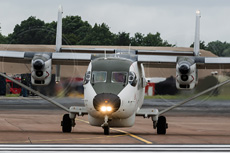
|
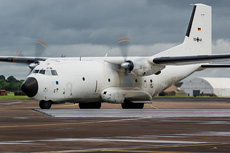
|
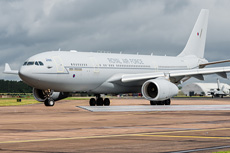
|
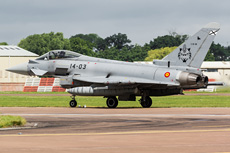
|
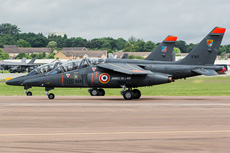
|
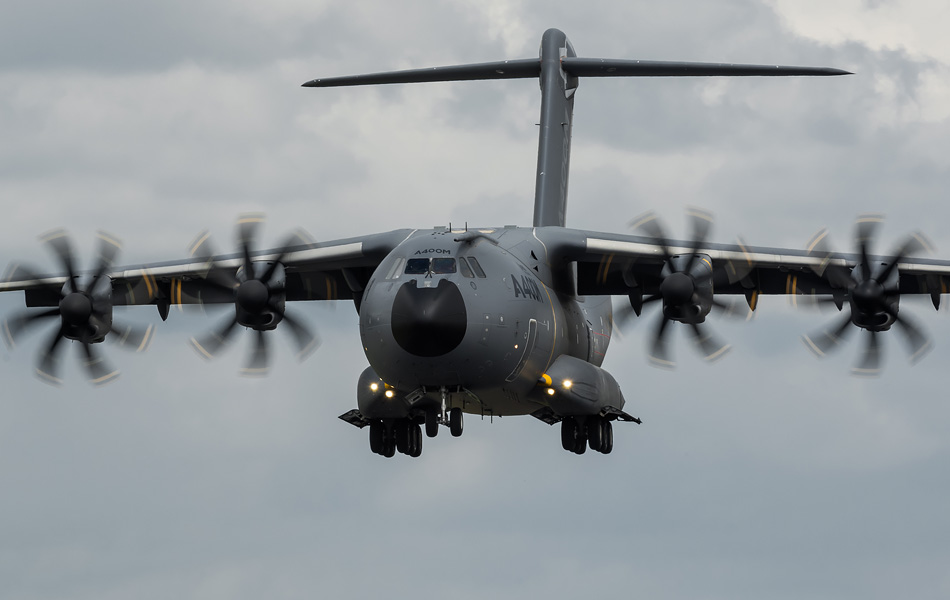
|
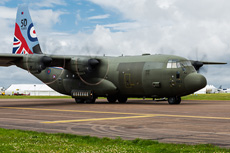
|
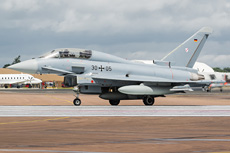
|
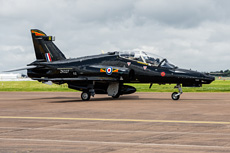
|
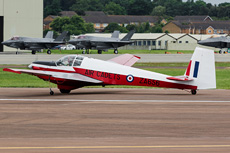
|
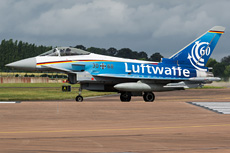
|
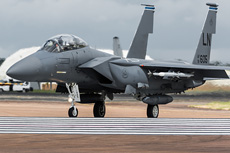
|
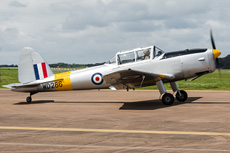
|
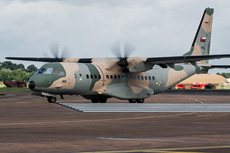
|
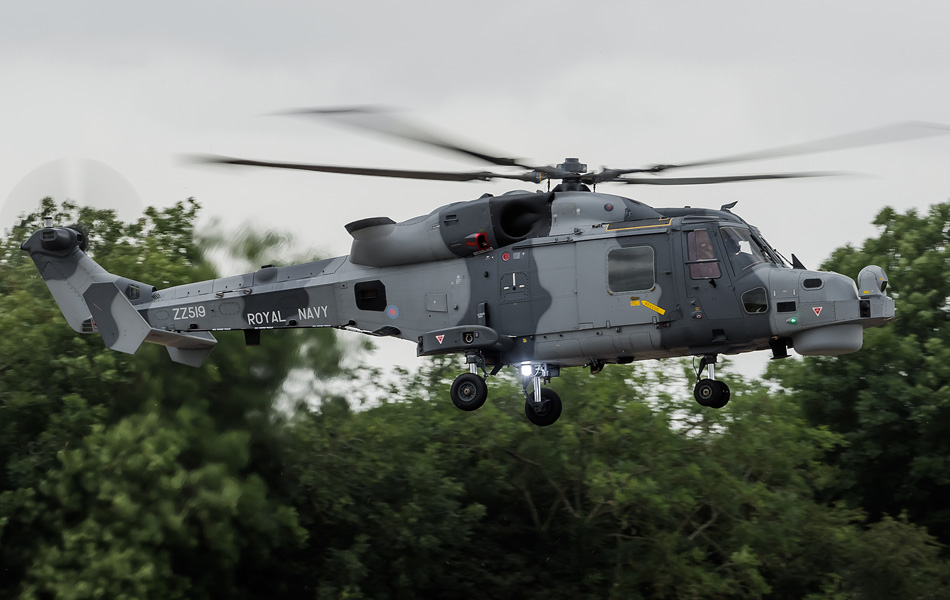
|
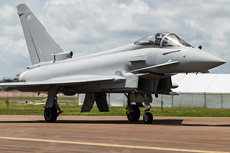
|
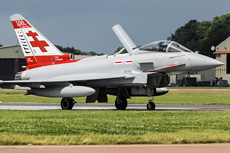
|
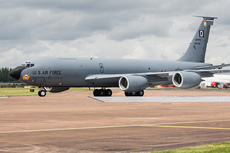
|
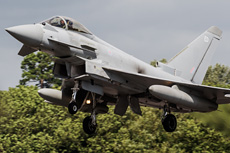
|
|
|

|







